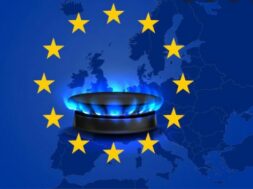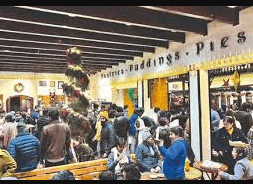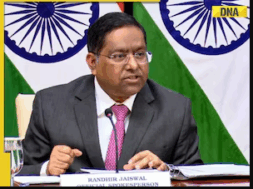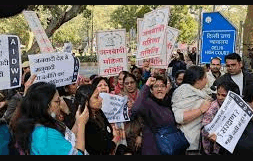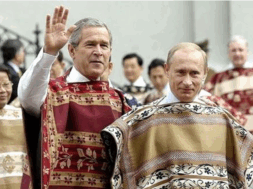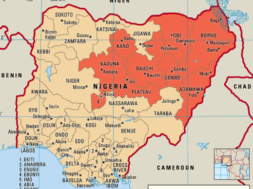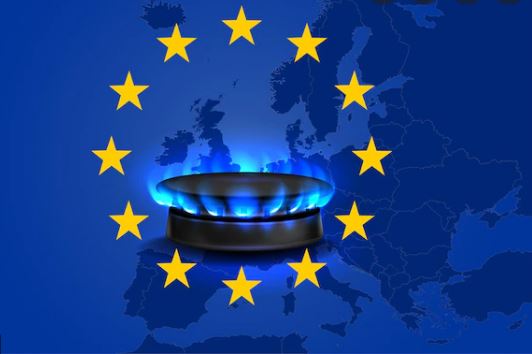
The situation in Europe over ‘The Gas Crisis’ is worse than we can think
New Delhi: Nobody knows at this stage how painful the upcoming winter will be for European people as the gas/energy supply from Russia to Europe reduced drastically in the last few weeks. European natural gas prices are now around 10 times higher than they were on average over the last decade and about 10 times pricier than in the United States.
In the middle of a scarcity of gas in the region, people are affected by the high price of gas. The biggest problem is spiking natural gas prices, which have been wreaking havoc across the continent, turbocharging inflation, hamstringing industries, and making ordinary people shudder when they get their power bills in the mail.
Alex Munton, an expert on global gas markets at Rapidan Energy Group, a consultancy, said European natural gas is so expensive it’s like paying $500 for a barrel of oil.
“Things are at a crisis point,” said Munton. “We have astronomic gas prices, and we’re still a few months away from when gas demand really peaks during the winter. There’s genuine uncertainty whether there will be sufficient gas to meet demand throughout the winter.”
The gas problem is largely due to Russia’s war in Ukraine, which has disrupted exports of Russian gas to Europe and raised prices everywhere else. Alternative supplies of gas are expensive, climate change has drained rivers so much that many of Europe’s nuclear plants are offline, and there’s been more than a decade of confusion among European policymakers about how to build shock absorbers into the system.
Power prices in both Germany and France reached record levels this week again, a reflection of the continent’s ever-deepening power emergency. As nations buckle under the economic pressures, desperate times have called for desperate measures: Britain announced a painful 80 percent spike in the cap for household energy costs while Germany increased bills by almost 500 euros.
“The alternative would have been the collapse of the German energy market and with it, large parts of the European energy market,” said German Economy Minister Robert Habeck.
Normally, Europe can refill its gas storage during the summer and coast in the winter, when usage is higher. Now, with colder months looming and Russia’s tightening chokehold on natural gas flows, Europe has been locked in a race against time to fill its tanks, which leaders have stocked by paying eye-watering prices. So far, experts said, European nations have been largely on track with their plans—but that doesn’t mean that they will be out of the woods come winter.
In the winter, Europe typically “uses a lot of what it has in storage while, at the same time, importing lots of gas from other sources,” Munton said. “It needs both. But as we think about this winter, there is a very real threat that there won’t be any Russian gas at all.” In normal times, Russian gas supplies about 40 percent of European imports.
Without Russia’s supply in the winter, Munton added, European nations will be forced to rely on imports of liquefied natural gas (LNG) even more from suppliers such as the United States. The problem is that Asia—a larger LNG market—is also vying for the same supplies, which means prices are always going to be higher than old piped gas from the East.
“That’s really the crisis that Europe and the world confront,” he added.
(Vinayak)
